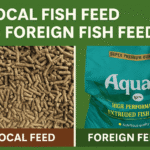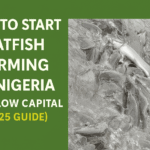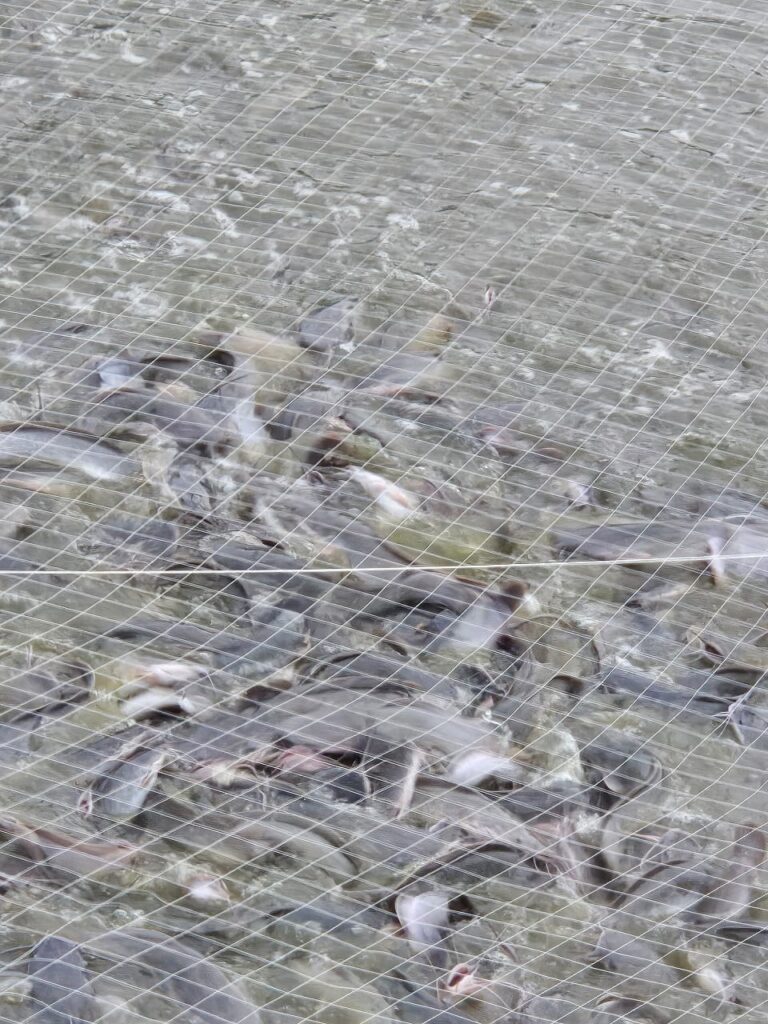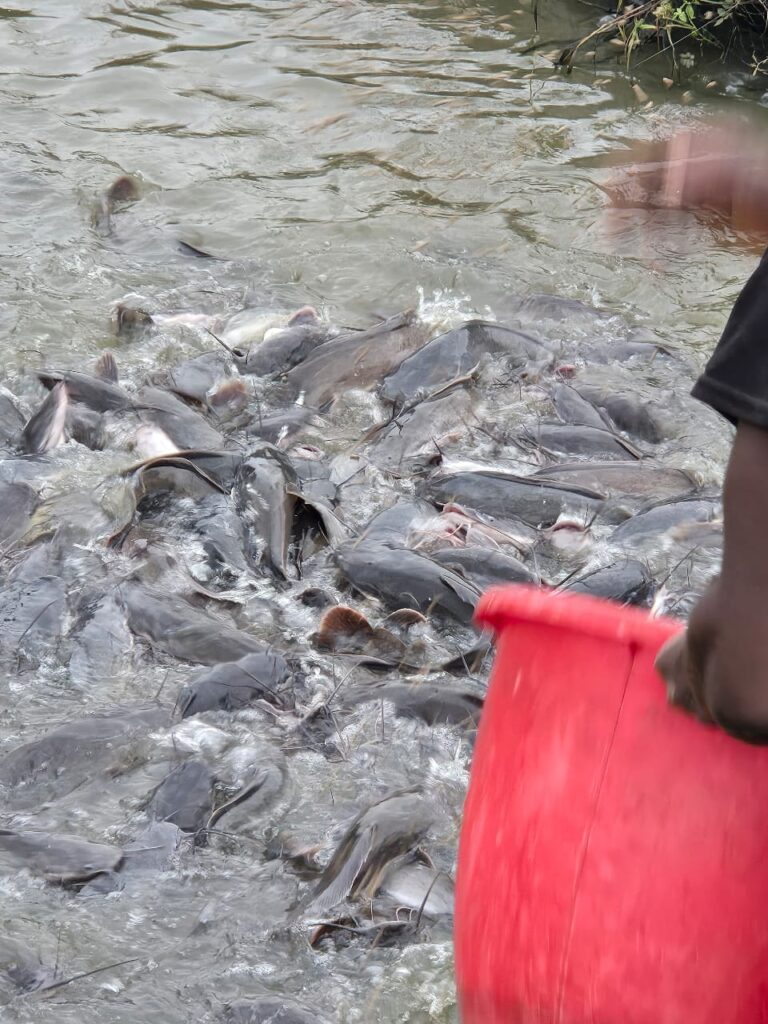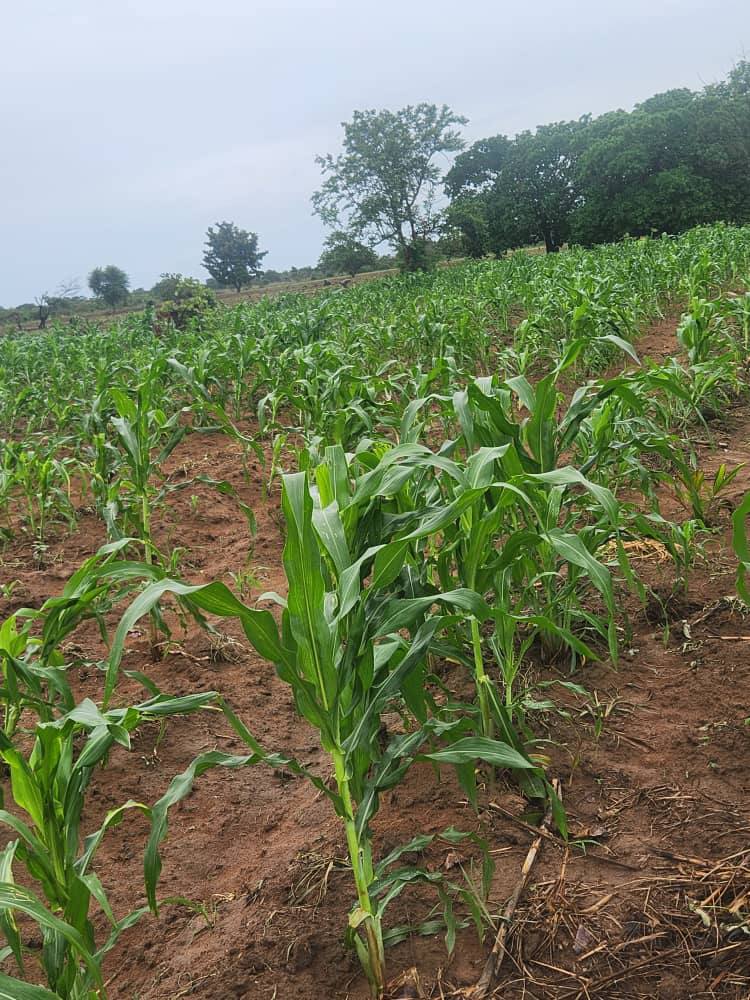Catfish farming is one of the fastest-growing agribusiness opportunities in Nigeria and across Africa. With the rising demand for affordable, protein-rich food, catfish has become a staple in homes, restaurants, and markets. This has made catfish farming a lucrative venture for entrepreneurs and modern farmers. Whether you’re a beginner looking to start small or an …
Catfish farming is one of the fastest-growing agribusiness opportunities in Nigeria and across Africa. With the rising demand for affordable, protein-rich food, catfish has become a staple in homes, restaurants, and markets. This has made catfish farming a lucrative venture for entrepreneurs and modern farmers.
Whether you’re a beginner looking to start small or an investor aiming for large-scale production, this guide will provide you with everything you need to know about starting a profitable catfish farming business.
Why Start a Catfish Farming Business?
1. High Market Demand
Catfish is a highly sought-after product in Nigeria and West Africa. People consume it daily in various forms—fresh, smoked, roasted, or dried. This makes it easy to sell your harvest quickly, especially if you produce quality fish.
2. Fast Growth Cycle
Catfish grow rapidly compared to other farm animals. In about 4 to 6 months, you can raise them from fingerlings to market size, allowing for multiple production cycles per year.
3. Flexible Farming Options
You can start catfish farming in your backyard with tarpaulin ponds or go large-scale with concrete or earthen ponds. The business is adaptable to your budget and location.
4. Multiple Income Streams
With catfish farming, you can earn from:
- Selling live catfish
- Processing smoked or dried catfish
- Selling catfish fingerlings or juveniles to other farmers
- Producing fish feed (if you choose)
- Doing hatching
Requirements for Starting Catfish Farming
Starting a catfish farm involves planning and getting the right tools. Here are the basic requirements to start a catfish farm.
1. Land or Space
You don’t need a large piece of land to start. A small backyard can accommodate tarpaulin or plastic tanks. For larger production, you’ll need to secure a piece of land with space for ponds and drainage.
2. Water Supply
Having clean water is crucial for healthy catfish. Ensure you have access to a steady supply of water from:
- Boreholes
- Wells
- Rivers
- Treated tap water (if filtered properly)
3. Fingerlings
Fingerlings are baby catfish (4–6 weeks old). Always buy your fingerlings from reputable hatcheries to avoid diseases and ensure good growth.
4. Fish Feed
Feeding your fish properly is one of the keys to a successful fish farming business. There are different types of feed for each growth stage:
- Starter feed (for fingerlings)
- Grower feed
- Finisher feed (for adult fish)
You can use imported feeds like Coppens or Aller Aqua, or go for quality local feeds like Admumsho Nigeria Limited Feeds.
5. Equipment
The basic equipment needed includes
- Nets for harvesting
- Water testing kits (for pH and oxygen levels)
- Feeding trays
- Buckets and scoops
- Scales for weighing fish and feed
Catfish Farming Methods
Different farming methods are available depending on your budget and space:
1. Concrete Ponds
A concrete pond is a pond constructed by using concrete as the primary building material, often reinforced with steel or other materials. It’s a long-lasting, durable structure commonly used for fish farming or as a water feature in landscaping. They are easy to clean and manage, and also suitable for medium- to large-scale farming.
2. Earthen Ponds
3. Tarpaulin Ponds
A tarpaulin pond is an affordable, portable, flexible fish pond made using a strong, waterproof tarpaulin material. It is usually supported by a wooden, metal, or PVC frame to hold the tarpaulin in place and create a fish-rearing space. It is an ideal pond for beginners or urban farmers. It is also easy to set up and maintain
4. Plastic or Fibre Tanks
A plastic or fibre tank is a container made from durable plastic (PVC) or fibreglass used to rear fish in controlled environments. These tanks are commonly used in catfish hatcheries, fingerling nursery units, and small-scale fish farming production. It is mostly used for small-scale production and is also good for controlled experiments or breeding.
5. Recirculating Aquaculture Systems (RAS)
A Recirculating Aquaculture System (RAS) is a high-tech, indoor fish farming method where water is continuously filtered, cleaned, and reused within the system. It allows farmers to raise fish in a controlled environment with minimal water wastage. It is very expensive to set up.
Setting Up Your Catfish Farm
1. Choosing the Right Location
Make sure you pick a location that is
- Close to a water source
- Accessible to local markets
- Safe from theft and flooding
2. Pond Construction
Prepare your pond by:
- Cleaning and disinfecting it
- Using lime for earthen ponds to kill harmful organisms
- Filling the pond with clean water
- Allowing the pond to stabilise before stocking
3. Stocking Your Pond
Stock healthy fingerlings based on pond size. The recommended density is about 80–100 fish per square meter for concrete ponds. For tarpaulin or plastic tanks, reduce the density to avoid stress.
Feeding and Farm Management
1. Types of Feed
- Floating Feed: This is easier to monitor feeding habits and waste.
- Sinking Feed: Cheaper but harder to monitor.
- Formulated Homemade Feed: Only recommended if you have experience.
2. Feeding Schedule
- Feed 2–3 times daily, depending on the size of the fish.
- Monitor their appetite and reduce feeding during cold or rainy days to avoid waste.
3. Water Quality Management
- Maintain good water conditions (pH 6.5–7.5, temperature 25–30°C)
- Change part of the water regularly to remove waste and toxins.
Catfish Diseases and How to Prevent Them
Like any livestock business, catfish farming comes with the risk of diseases that can reduce production and cause huge losses if not managed properly. Understanding common catfish diseases, their symptoms, causes, and prevention methods is key to running a successful fish farm business. The following are the common catfish diseases:
1. Bacterial Infections
Examples:
-
Fin Rot: Fins appear ragged and decayed.
-
Ulcers or Open Sores: Red or white wounds on the skin.
-
Columnaris Disease: White or grayish patches on the head, mouth, or gills.
Causes:
-
Dirty water
-
Poor handling
-
Overcrowding
2. Fungal Infections
Symptoms:
-
Cotton-like white patches on the body or gills
-
Lethargy and loss of appetite
Causes:
-
Poor water quality
-
Injuries on the fish’s skin
-
Weakened immune system
3. Parasitic Infestations
Examples:
-
Fish Lice (Argulus): Small parasites seen on the fish’s skin
-
Gill Flukes: Parasites that attach to the gills
-
Worms and Protozoa
Symptoms:
-
Fish scratching against objects (flashing)
-
Gasping for air (due to damaged gills)
-
Visible parasites on skin or fins
4. Viral Diseases
-
Viral infections are rare in small farms but can occur.
-
Symptoms may include sudden death without clear signs.
5. Environmental Stress & Poor Management
-
Even without direct infection, poor farm management can cause fish to become stressed and weak.
-
Symptoms of stress:
-
Fish gasping at the surface
-
Slow movement
-
Reduced feeding
-
Pale coloration
-
How to Prevent Catfish Diseases
The following preventive measures help fish farmers reduce the risk of disease and maintain a healthy fish farm.
1. Maintain Good Water Quality
-
Regularly monitor pH (6.5–7.5), oxygen levels, and temperature (25–30°C)
-
Change part of the water regularly to remove waste
-
Avoid overcrowding the pond or tank
2. Use Healthy Fingerlings
-
Buy fingerlings from certified, disease-free hatcheries
-
Quarantine new fish before introducing them to your main pond
3. Proper Feeding
-
Use quality feed to boost the fish’s immunity
-
Avoid overfeeding to prevent leftover feed from polluting the water
4. Hygiene and Sanitation
-
Clean your pond or tank regularly
-
Disinfect nets, buckets, and tools
-
Remove dead fish immediately to avoid spreading infections
5. Avoid Stressful Conditions
-
Handle fish gently during harvesting or transfer
-
Provide adequate space to prevent overcrowding
6. Monitor Fish Behavior Daily
-
Look out for unusual behavior:
-
Not eating
-
Gasping for air
-
Floating or swimming abnormally
-
7. Consult an Aquaculture Expert
-
If you notice any signs of disease, consult a veterinarian or aquaculture consultant for proper diagnosis and treatment.
Common Treatments (When Necessary):
| Disease Type | Possible Treatment |
|---|---|
| Bacterial | Antibiotics (with vet advice) |
| Fungal | Salt bath, antifungal medication |
| Parasites | Formalin bath, salt treatment |
| Poor water quality | Change water, add aeration |
Harvesting and Selling Your Catfish
Most farmers harvest catfish when they weigh 700 g to 1.5 kg, depending on market demand.
Harvesting Techniques
- Use drag nets to collect the fish
- Drain the pond partially for easier harvesting
Selling Options
- Sell live catfish to markets and restaurants
- Smoked catfish for local and international markets
- Supply to hotels and supermarkets
- Sell to fish processors or wholesalers
Cost and Profit Analysis
Example of a budget for 1,000 Catfish:
| Item | Cost (NGN) |
|---|---|
| Fingerlings (1,000) | 30,000 |
| Feed (4–6 months) | 400,000 |
| Pond Setup | 250,000 |
| Labor & Miscellaneous | 50,000 |
| Total Cost | 730,000 |
Expected Income:
If you sell 1 kg of catfish at N1,800 and harvest 1,000 fish averaging 1 kg each, your income would be N1,800,000.
Profit:
N1,800,000 – N730,000 = N1,070,000
Challenges in Catfish Farming
The following are some of the common challenges you will face when managing a fish farming business.
- High cost of feed
- Market price fluctuations
- Disease management
- Water scarcity in dry seasons
- Theft and security risks
Tips for Success
- Start small and scale gradually
- Keep detailed records of feeding, growth, and sales
- Network with experienced farmers and attend training
- Use quality fingerlings and feed
- Monitor water quality regularly
Conclusion
Catfish farming is a profitable agribusiness opportunity for anyone willing to learn and work hard. With the right knowledge, you can grow a small farm into a large, successful venture. Take the first step today—start your catfish farming journey!
Want to learn more? Contact us for expert advice, quality fingerlings, and premium fish feed to help you succeed.


